- 16 January 2020
- Uncategorised
- MJ's Resources
- 2
5 Simple Ways to Improve Editing in Your Class
1. Strips of Lined Paper
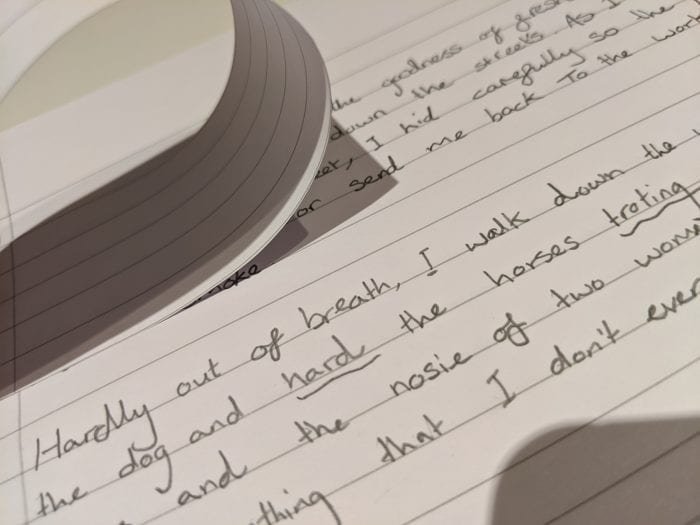
Break the editing process up for pupils by asking them to pick one paragraph to edit. Pupils can then take a separate strip of lined paper and redraft and improve this one paragraph to make it stand out as an outstanding example e.g. they could include a certain type of sentence that they are missing from their work, for instance an expanded noun phrase or a relative clause. Once they are finished redrafting the paragraph, the paper can be cut out and glued -only at the margin- into their book (see picture above) so that it forms a flap over the original paragraph.
Why this works:
It can be a daunting task to edit a whole text so this breaks it down for them by getting them to pick one paragraph at a time to edit.
Having the new strip of paper gives them space to fully redraft the content and the syntax of their work rather than making miniscule, illegible corrections above their writing or in the margin.
2. Editing Stations
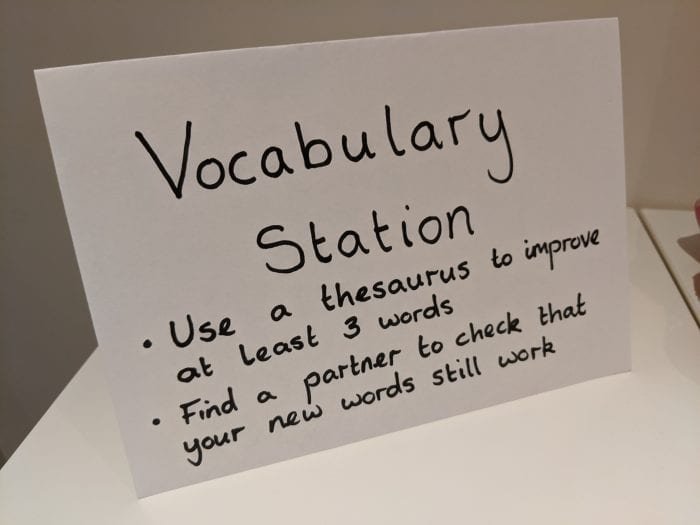
Allowing time for pupils to edit their writing is indisputably important however editing lessons can lack direction and be times where your less than enthusiastic writers take thirty minutes to add a comma and a capital letter. A way to liven up editing lessons is to create ‘editing stations’. To do this, create signs for each success criterion for that text type and place them on tables around the room. Pupils then spend time visiting each table to check for any corrections they can make and any additions they could include.
To make this even more effective, you could have a high attaining pupil / greater depth writer at each station as an ‘expert’ to help their peers.
Why this works:
Pupils are given time to focus on each part of the success criteria individually rather than spending a whole lesson staring at an intimidating list of features they need to include in their writing.
It may seem ridiculous, but simply giving pupils the chance to stretch their legs when moving between tables and discuss their writing with multiple peers rather than sitting in the same place, with the same partner, trying to improve their writing works wonders for engagement and outcomes.
3. Wobbly Line Spellings

As pupils are writing their first draft, ask them to draw a thin wobbly line underneath any spellings that they are unsure about. Pupils can then easily locate words they need to check in a dictionary during the editing process.
Why this works:
It allows pupils to write without losing their train of thought by searching a dictionary for the correct spelling.
Pupils are more likely to be ambitious with their word choices if they know they can return to the word later to check its spelling (and meaning) without stopping mid-sentence to do so.
4. Asterisks in the Margin
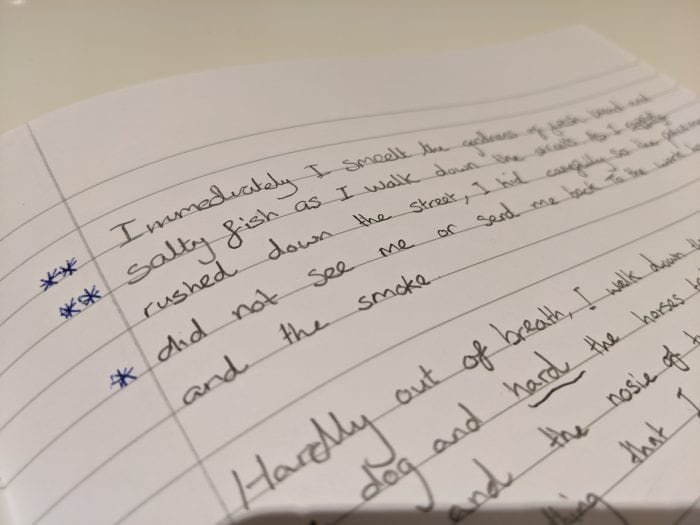
This is particularly useful if you spot something that you missed during the drafting lesson. Instead of underlining / highlighting an error made by the pupil, instead place an asterisk in the margin, one for every error they have made on that line.
Why this works:
Pupils become more active editors. By searching for their errors, they become less reliant upon you as their teacher to pick up in every mistake they make and become well-practised in reviewing their own work.
If pupils can’t find their error, they tend to ask a peer or you for help. This prompts directed and specific feedback to pupils during editing lessons which is far more comprehensible than a sea of circles, dashes or highlighter marks on their work.
5. Extension Tasks without Wasting Ink
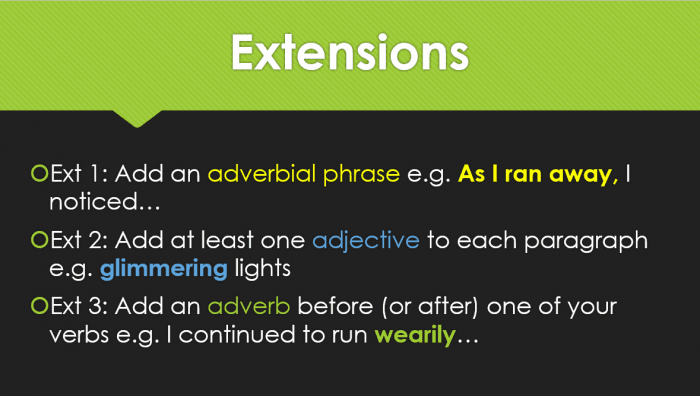
Instinctively as teachers, when we notice something missing from a piece of writing (e.g. missing adjectives in a story), we ask pupils to add this by writing a comment and maybe even an example at the bottom of the piece of work – we can’t help ourselves! Before we know it, we have written the same thing in 12 books, it’s dark outside and we still have 32 Maths books to mark. Instead, jot down what pupils are missing on a piece of paper next to a number and write a number matching that missing element at the bottom of their page. Now, instead of writing out 12 examples by hand, you can type one example up on an PowerPoint slide and display it to the whole class.
Why this works:
Pupils that aren’t using adjectives in their story writing are unlikely to respond to written feedback asking them to add some into their work. There are too many variables a) they aren’t strong readers so aren’t sure what you mean b) even if they are strong readers, you’d marked 30 books before you got to theirs and your handwriting isn’t the best at 7pm on a Thursday and c) they may not know what an adjective is in the first place. By displaying the tasks on the board and talking through them at the start of an editing lesson, you are able to explain what is needed and why and even give more examples if needed.
Do you have any tips for improving writing that we should add to the list? If so, comment below! Don’t forget to like our Facebook, Twitter and Pinterest page to keep up to date with our articles written by teachers, for teachers.

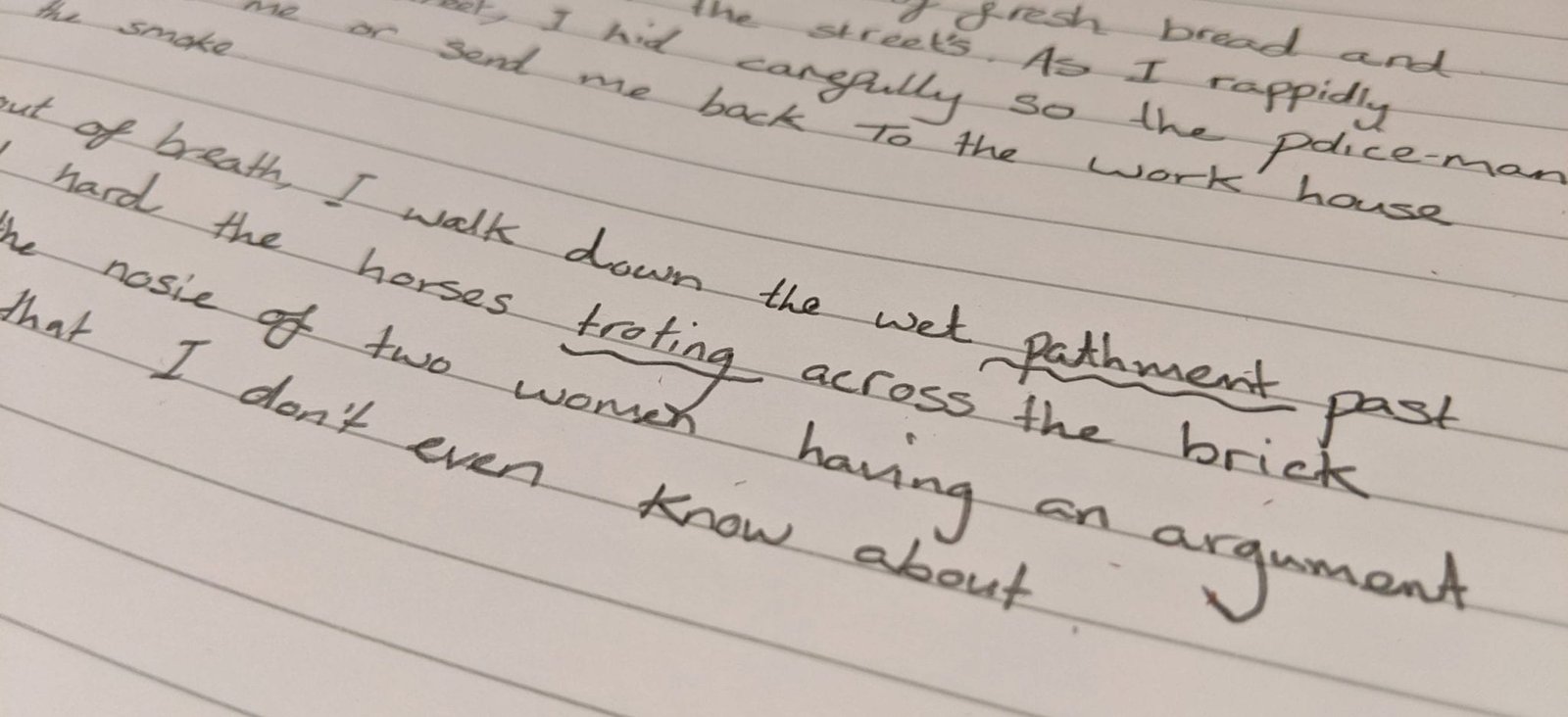
This article is incredibly useful!
Great tips, thank you.